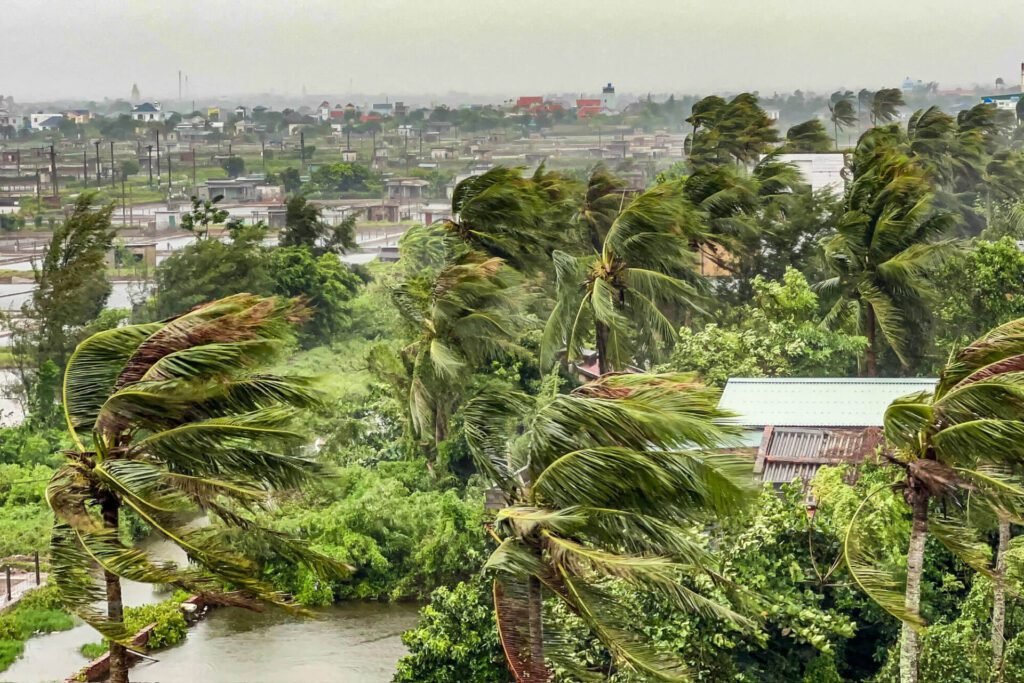Super Typhoon Yagi slammed into northern Vietnam on Saturday, bringing powerful winds and heavy rain. The storm led to landfall in Hai Phong and Quang Ninh provinces, packing winds of up to 126 miles per hour.
As Yagi hit, residents in Hai Phong struggled to stay safe. Metal roof sheets and commercial sign boards flew through the air, causing damage and debris. The city, home to two million people and several multinational factories, faced widespread power outages.
Authorities took action, evacuating nearly 50,000 people from coastal towns and issuing a stay-indoors warning. Schools closed in 12 northern provinces, including Hanoi. Airports suspended operations, and trains, boats, and flights came to a halt.
Yagi’s impact wasn’t limited to Vietnam. In China, the storm killed at least three people and injured nearly 100. On the island of Hainan, a popular tourist destination, 400,000 people evacuated ahead of the storm. Strong winds from Typhoon Yagi knocked out power to 830,000 households and destroyed valuable crops. The storm’s strength was unprecedented. Yagi doubled in power since hitting the northern Philippines earlier in the week. Floods and landslides killed at least 13 people, forcing thousands to flee to safer ground.
Scientists warn that typhoons and hurricanes are becoming stronger and more frequent due to climate change. Warmer ocean waters fuel storms, leading to higher wind speeds and more intense rainfall.
As Typhoon Yagi continues to batter Vietnam, residents are bracing for the worst. The storm will continue to displace and destroy many lives for days.









